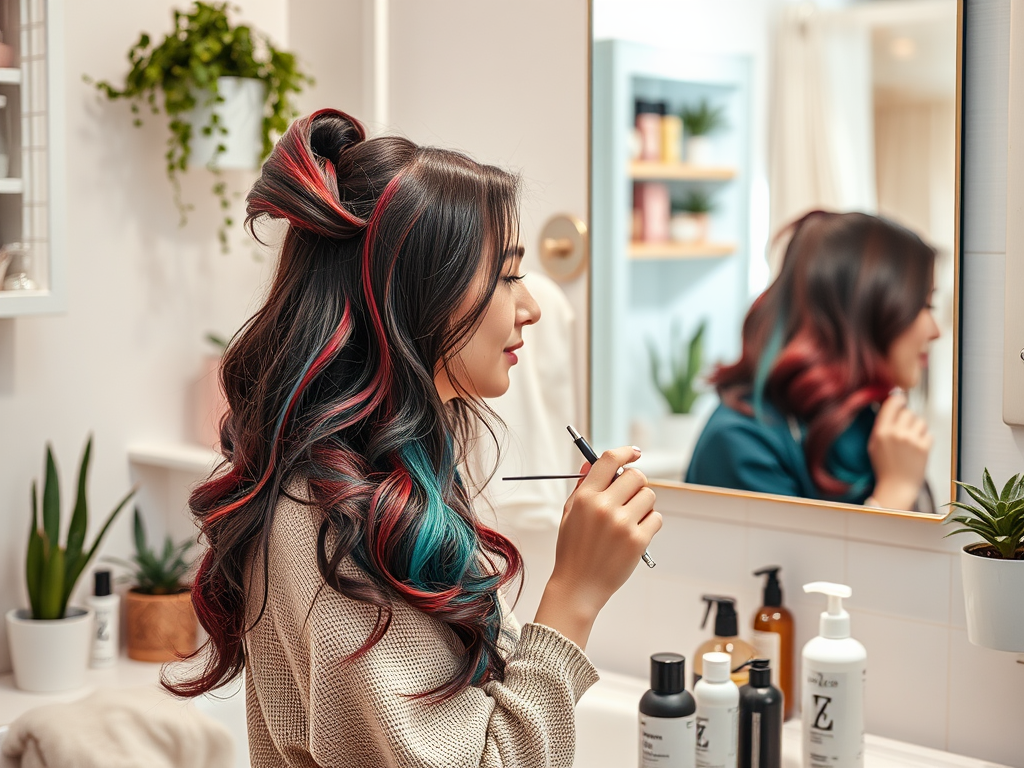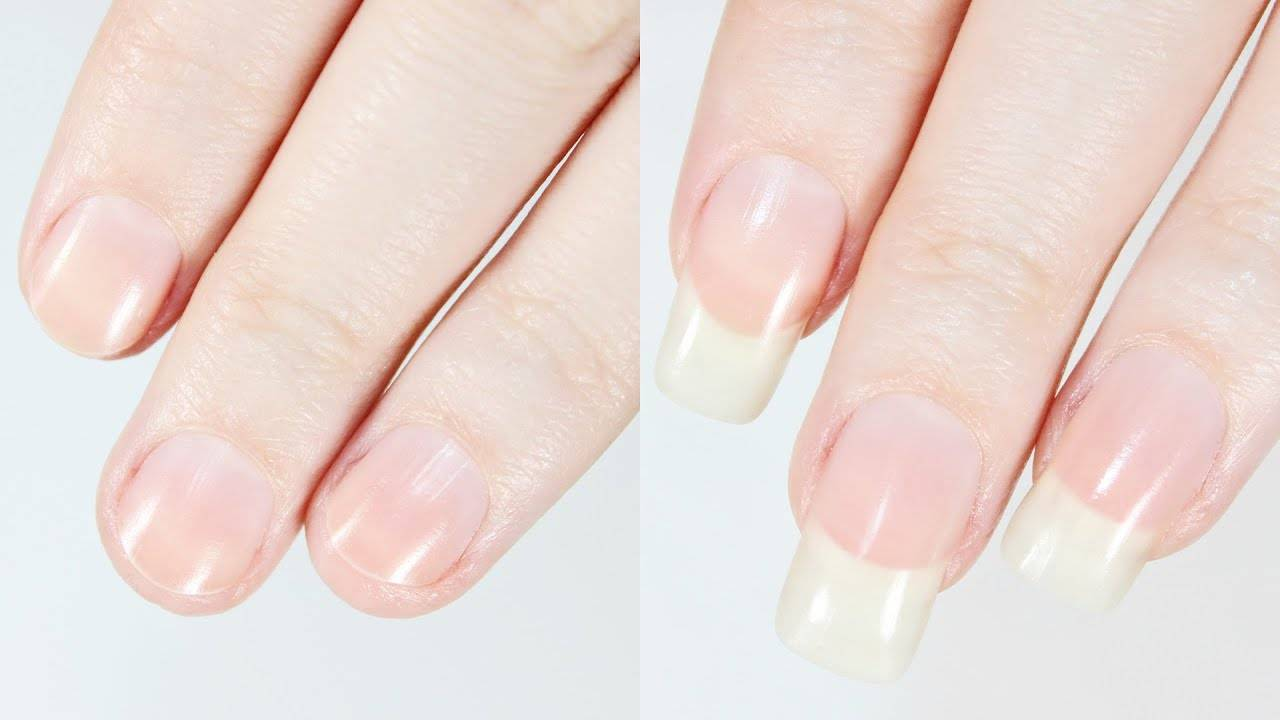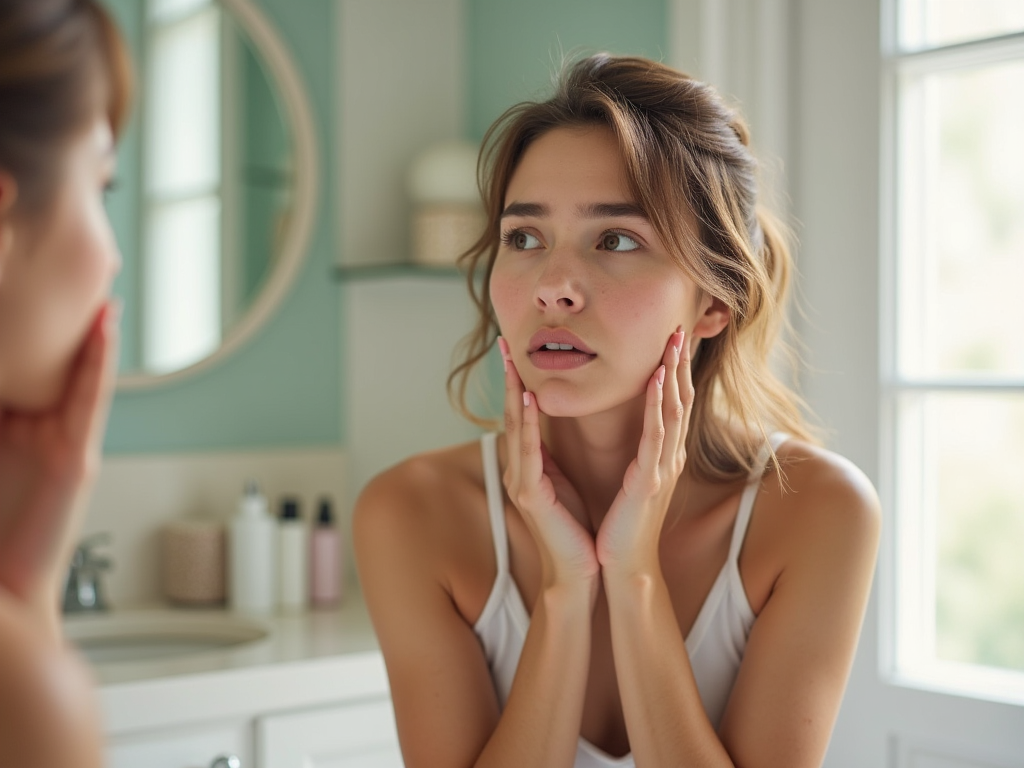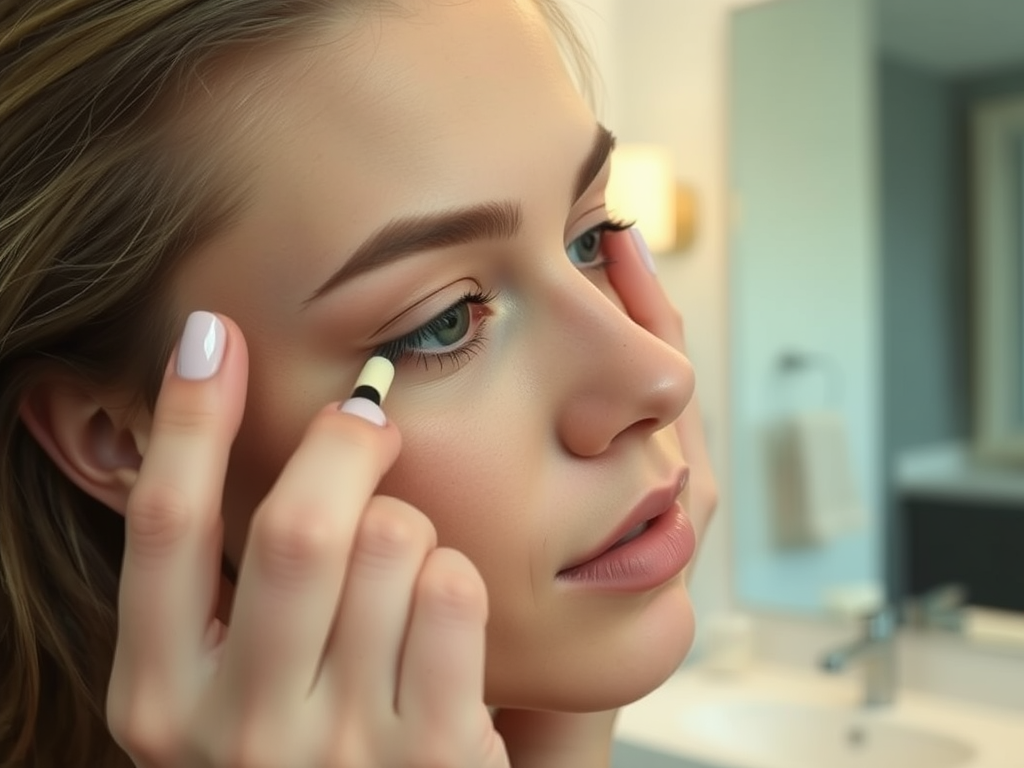Have you ever pondered the idea of dyeing your hair without washing it? For many, this question raises eyebrows. Hair color transformations often come with an unspoken rule: always start with freshly washed hair. However, the debate around dyeing dirty hair is gaining traction, particularly among those juggling busy lifestyles. The essence of this article is to explore the complexities involved in this hair dyeing conundrum and uncover what the experts say. Understanding the pros and cons can empower you to make informed decisions based on your hair type and dye methods.
As understanding hair health is crucial, the state of cleanliness can play a pivotal role in dye outcomes. A clean scalp is often touted as ideal for even color application. However, there are instances where the natural oils and dirt accumulated can provide unexpected benefits. Knowing how various factors influence dye performance can help you navigate the fine line between aesthetic preference and hair health.
Understanding Hair Health
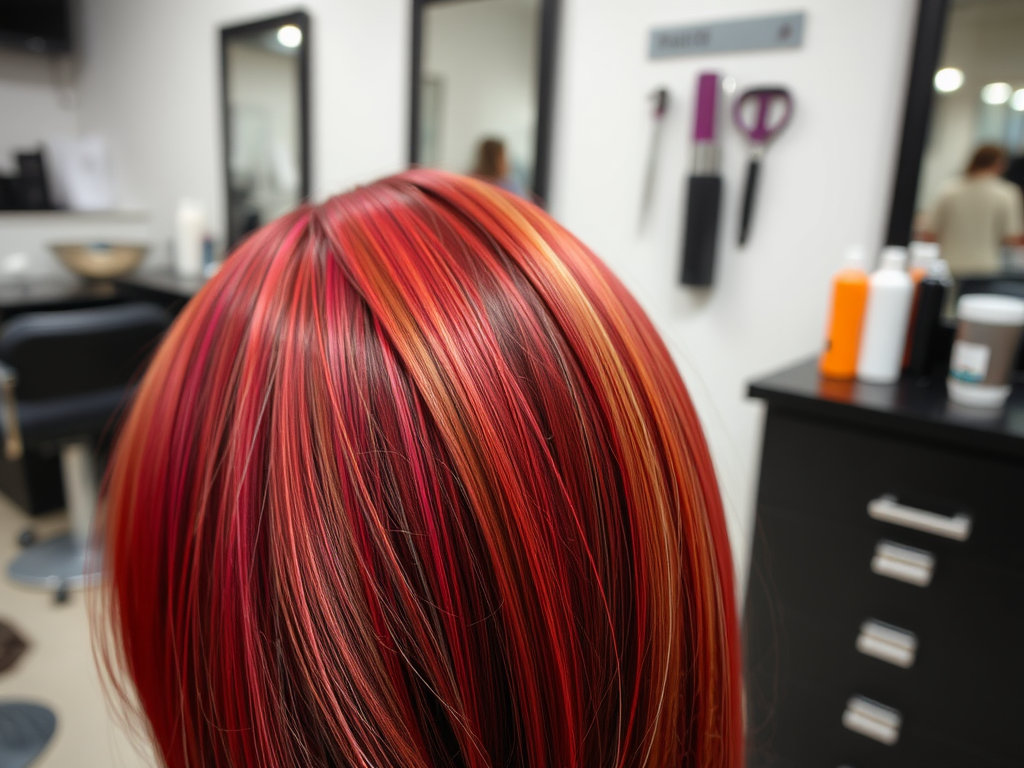
It is essential to grasp the importance of hair cleanliness before diving into the dyeing process. Clean hair is generally believed to allow for the most effective application. On the contrary, the presence of natural oils and dust can impact how dyes adhere. Not only does this affect color intensity, but it can also influence how long the color lasts. In fact, understanding the role of these elements can demystify the logic behind dyeing dirty hair.
For example, clean hair provides a blank canvas, ensuring that the dye interacts uniformly. However, some argue that a little oil can enhance the dye’s absorption. Striking a balance is key, as every individual’s hair possesses unique attributes that affect dye results. Nonetheless, recognizing how these variables play together can spur a more individualized approach to hair dyeing.
Why Do People Consider Dyeing Dirty Hair?

Various factors can lead individuals to consider dyeing their hair without washing it first. In our fast-paced world, time-saving measures often dictate our choices. Many people simply opt for the quickest route, believing that the benefits of dyeing dirty hair outweigh the potential risks. This approach also aligns with cultural perceptions regarding beauty and appearance. The trend is not just about aesthetics but also convenience for those who are always on the go.
Cultural influences sometimes glamorize the idea of embracing imperfection. For some, coloring dirty hair symbolizes a laid-back attitude that challenges beauty norms. Moreover, with several hairstylists recommending dyeing techniques that incorporate natural oils, it’s no wonder that this method is gaining popularity. This raises questions about what constitutes “clean” hair and whether traditional beauty standards should evolve. Balancing these perspectives is essential in addressing the unique preferences of individuals.
The Pros of Dyeing Dirty Hair
Dyeing hair without washing it first can present certain advantages that are gaining recognition in the beauty industry. Let’s explore some of the notable benefits:
- Enhanced color absorption: Natural oils can serve as a binder, allowing the dye to grip the hair shaft more effectively.
- Protection from potential scalp irritation: Oils can create a protective barrier for sensitive skin, reducing discomfort often caused by chemical dyes.
- Greater longevity of hair dye: The presence of natural oils can help maintain the vibrancy of the color, allowing it to last longer.
As we delve deeper into the enhanced color absorption topic, it becomes clear that natural oils play an essential role. Many stylists suggest that these oils allow color to adhere better, often resulting in a richer, more vibrant hue. This is especially important for those wishing to achieve dramatic changes. However, these results are not uniform, and individual hair types will dictate outcomes.
The mechanism behind enhanced color absorption hinges on the composition of the dyes themselves. Oil can act as an adhesive, thereby helping the dye penetrate more efficiently. As per anecdotal evidence, those who have dyed their hair dirty often recount that their colors appear more intense compared to those who washed their hair beforehand. Nevertheless, it’s crucial to note that this is not a universal truth; different products react variably based on individual characteristics.
The Cons of Dyeing Dirty Hair
Despite its benefits, dyeing dirty hair is not without its flaws. Potential risks can come into play during this process, as color application must be approached with care. Here are some considerations to keep in mind:
- Possible adverse effects on color outcome: A poorly executed dye can lead to uneven patches or splotchy results.
- Risk of scalp health issues: The presence of dirt can exacerbate sensitivity and irritate the scalp.
- Potential damage to hair during the dyeing process: Chemicals may interact unfavorably with the bonded oils and dirt.
The risk of uneven color application looms large when considering dyeing dirty hair. Inconsistent color distribution may lead to less desirable results. As personal accounts suggest, many users have experienced dramatic differences between clean and dirty dyeing experiences. Thus, this inconsistency must be taken into consideration before deciding on this route.
Certain hair types may have higher susceptibility to scalp irritations, which can be worsened by not washing the hair prior to dyeing. Professional opinions often caution against the practice, particularly for those with sensitive skin or pre-existing conditions like seborrheic dermatitis. Risks that arise from potential irritants can sway the hair dyeing process in an unwanted direction. A comprehensive understanding of your scalp’s condition can help in deciding whether to proceed with dyeing dirty hair.
| Aspect | Clean Hair | Dirty Hair |
|---|---|---|
| Color Absorption | Uniform | Enhanced with oils |
| Scalp Irritation Risk | Low | Potentially High |
| Dye Longevity | Standard | Potentially Longer |
| Color Consistency | High | Variable |
Conclusion
Deciding whether to dye dirty hair hinges on a variety of personal factors, including hair type, dye brand, and individual preferences. The insights gathered highlight that there are indeed pros and cons to this approach. While enhanced color absorption and protection from scalp irritation promise positive experiences, the potential risks underscore the importance of careful consideration. Ultimately, consulting with a professional stylist about the best approach for your hair ensures safety and satisfaction in achieving your desired look. Remember, beauty lies in individual interpretation, and understanding your hair health can lead you towards the most flattering dyeing practices.
Frequently Asked Questions
- Is it safe to dye dirty hair? Yes, it can be safe, but it depends on hair and scalp conditions.
- Can dyeing dirty hair lead to better color results? Often, but it can vary based on hair type and dye used.
- What are the risks of dyeing dirty hair? Increased risk of scalp irritation and uneven color application.
- Should I wash my hair before dyeing? It’s usually recommended to wash your hair a day or two before, allowing natural oils to build up.
- What is the best method for dyeing hair at home? Follow the instructions on the dye package, including pre-application advice.
